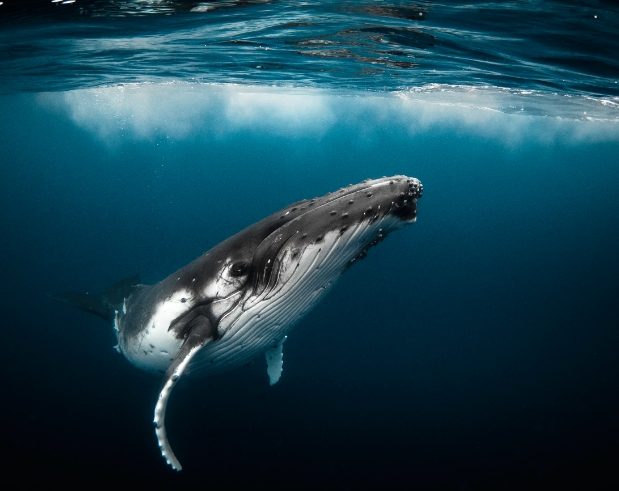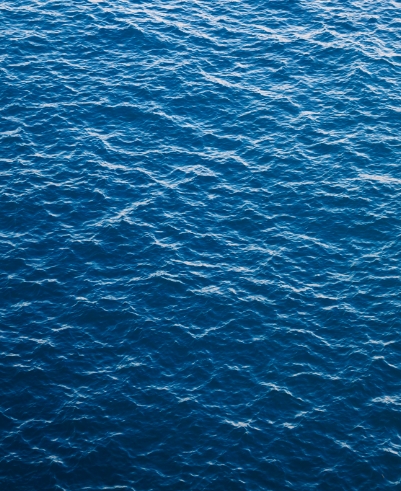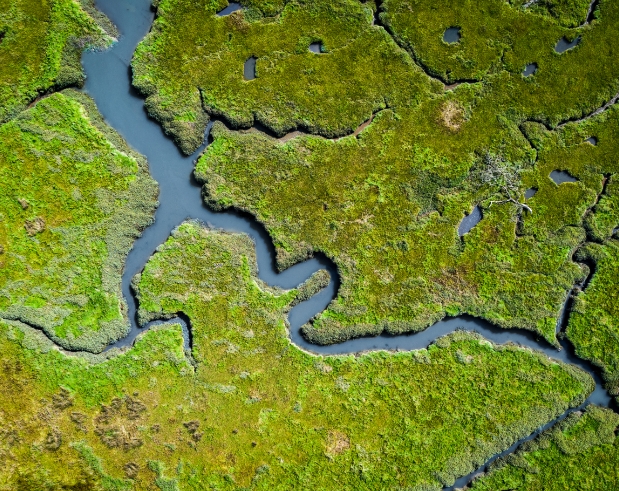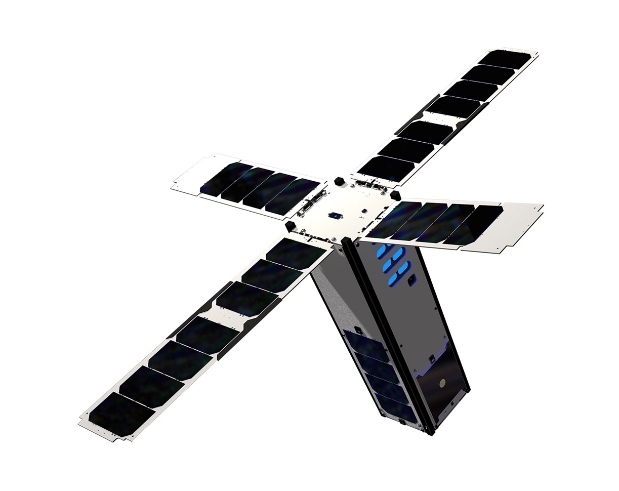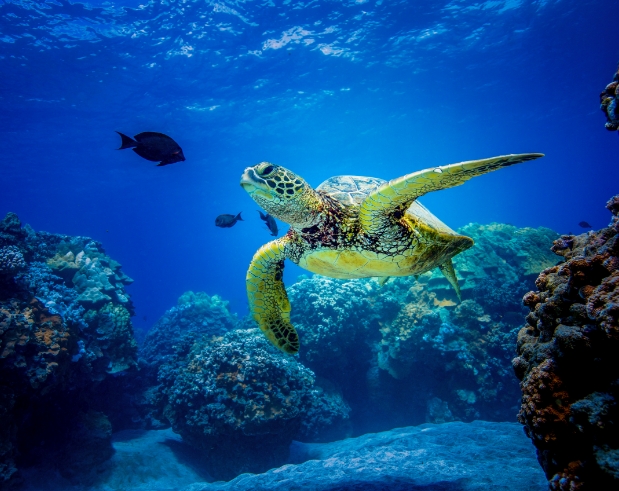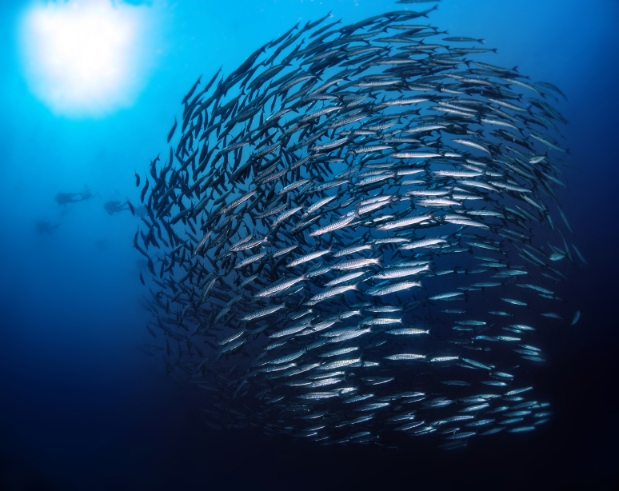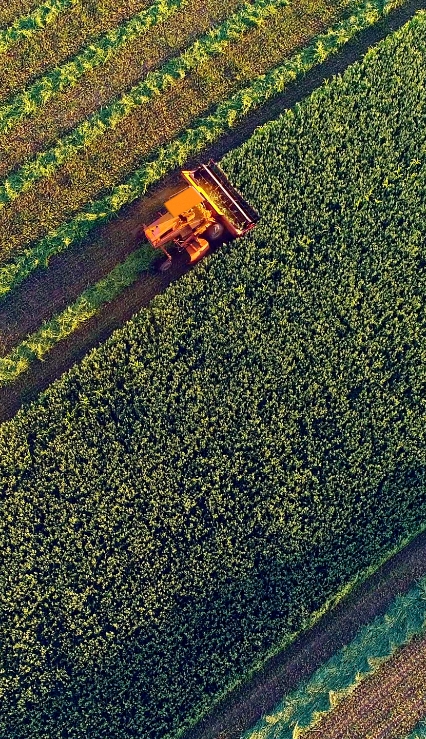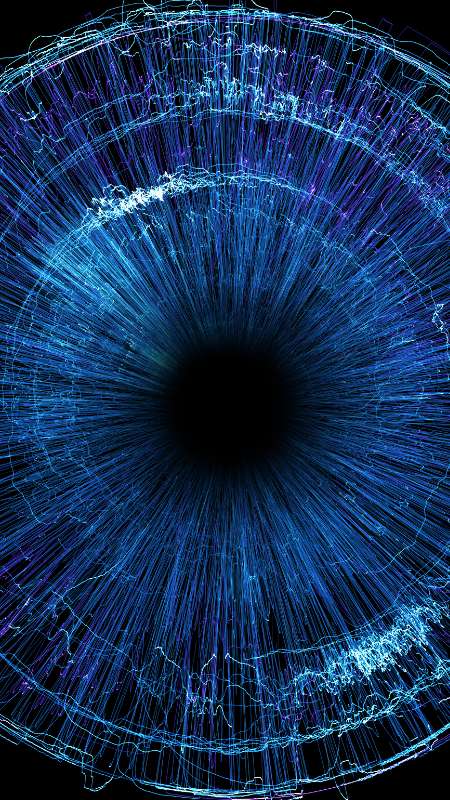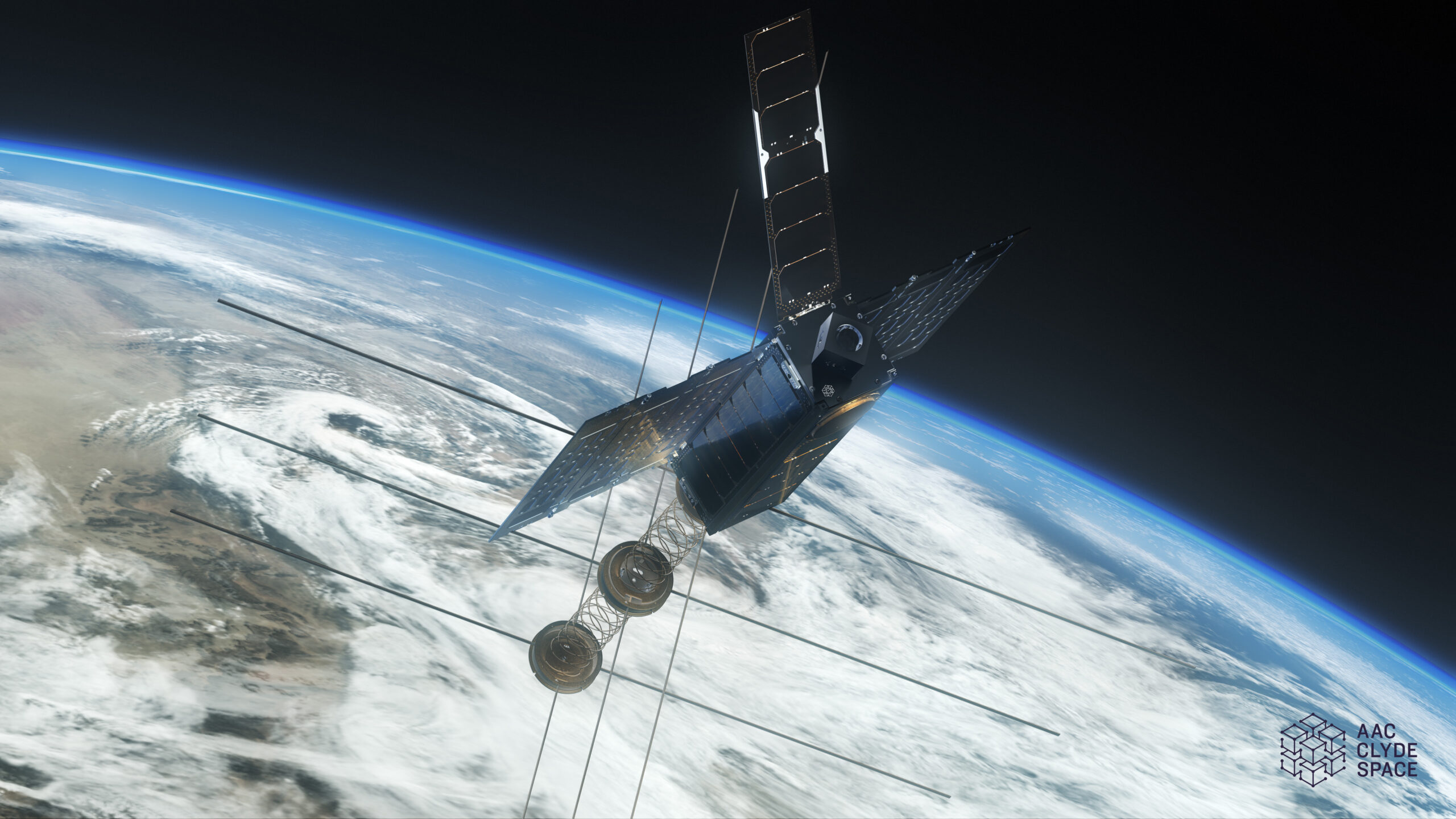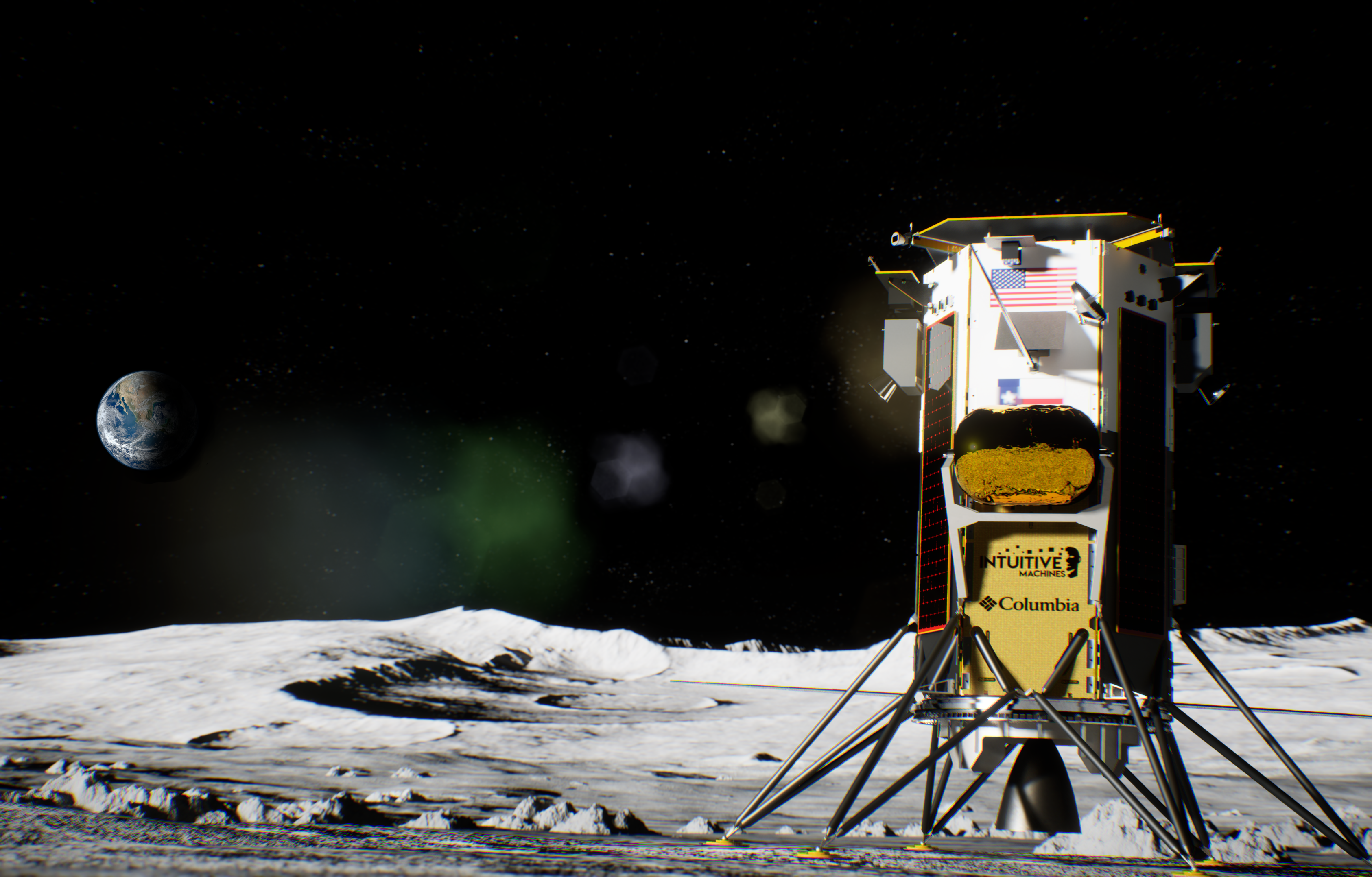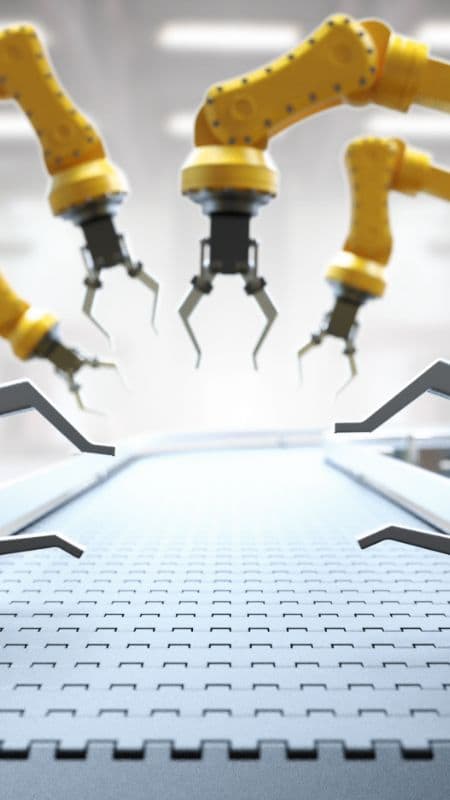
Seahawk. Space Missions for the Environment
WATCH VIDEO
- SPACE MISSIONS
AAC Clyde Space are delighted to continue to support the SeaHawk-1 mission. Academia, government agencies and industry are joining forces like never before to improve environmental surveillance and generate reliable data, filling in the gaps of our understanding for informed decision making. SeaHawk-1 is a prime example of this, Sustained Ocean Color Monitoring is vital to understanding the marine ecosystem and in turn climate change.
Other case studies
Sign up to our newsletters for the latest news, projects and more delivered straight to your inbox
"*" indicates required fields
